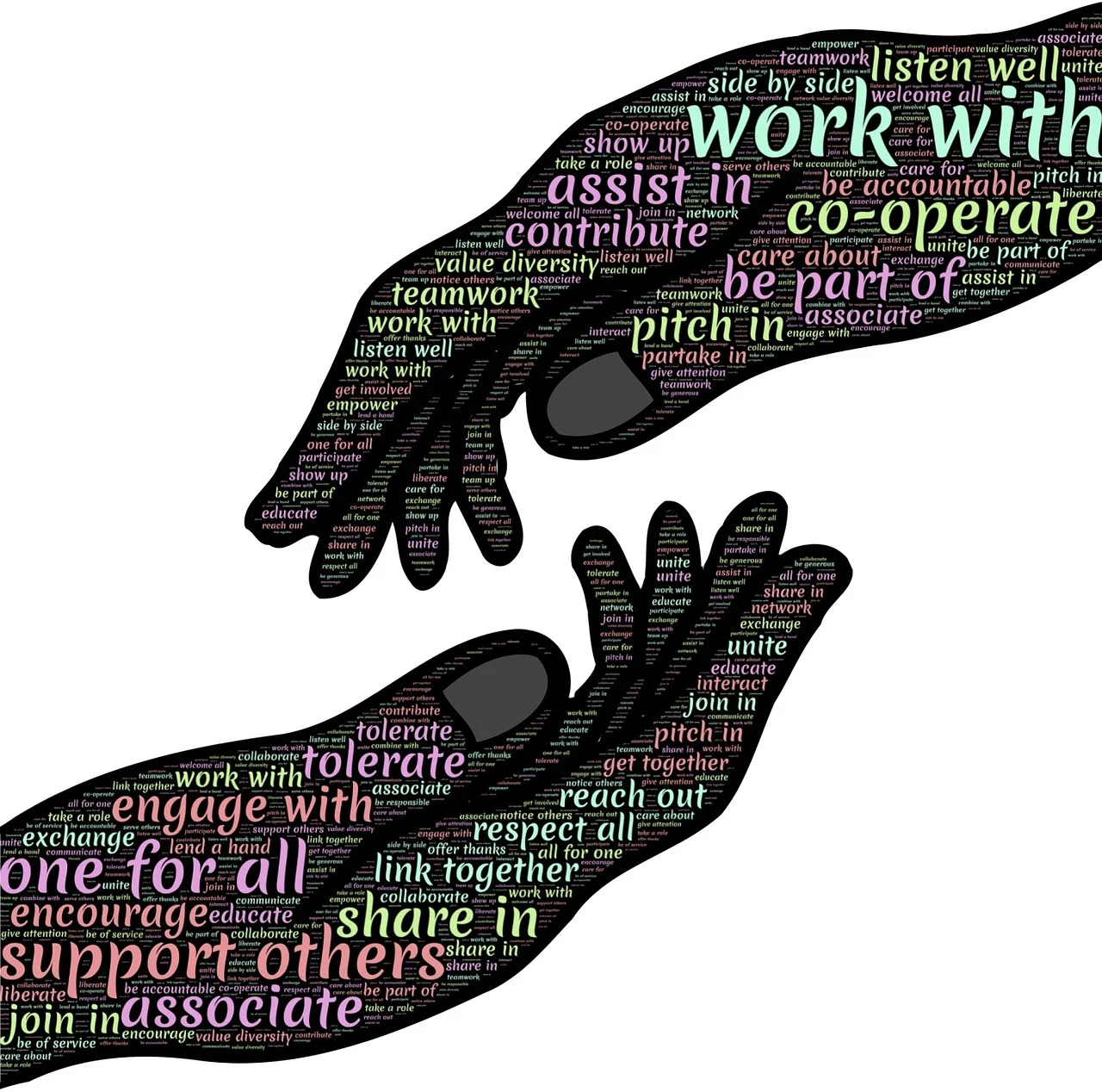The Sunday Chat column this Week was written by Jinseop Han Joseph the Korean sculptor whose work was selected by the Vatican to be enshrined in the niche outside St. Peter's Basilica in a space that was vacant for 600 years. 2023 was an important year for the sculptor for that was the year the statue was installed.
This is the first time that a statue of an Asian saint has been enshrined in the Vatican, and the niche outside St. Peter's Basilica where the saint statue was installed was an important space that had been vacant for 600 years.
"The work began with Cardinal Lazarus You expressing his intention to dedicate a statue of Father Kim Dae-geon to Pope Francis in 2021." The 'Jubilee Year of the 200th Anniversary of the Birth of Saint Andrew Kim Dae-geon' (November 29, 2020 - November 27, 2021) concluded with Cardinal Yu's declaration of his intention to dedicate a statue to commemorate the 200th anniversary of the birth of Saint Andrew Kim.
While searching for an artist, Cardinal Mauro Gambetti, then chief priest of St. Peter's Basilica, insisted on selecting a famous Italian artist who would go well with the works of Michelangelo and Bernini in the cathedral.
However, Cardinal Yu, who was watching this process, strongly expressed the opinion that it was natural for a Korean sculptor to be the one who made the statue of the first Korean saint of Korea. The Vatican began looking for a Korean artist and wanted a Catholic stone carving expert who could work in Italy. Mr. Han thinks the decision was made to find a sculptor with experience studying in Italy. When he thinks about it now, he believes that his career in stone carving for 45 years and studying abroad in Carrara, Italy was not a coincidence but was prepared by God.
In December 2021, he received a call from the Vatican. Since the Vatican is trying to produce a statue of Father Kim Dae-geon, the request was to send the materials needed.
Not long ago, he had made a statue of Saint Kim Andrew for the Daejeon Diocese, so he sent the four models he had made and a photo of the completed work. Soon after, he received a call from the Vatican asking him to come for review. The first screening, held on July 18, 2022, was attended by Vatican Artistic Director Pietro Sander, art officials, Vatican architects, and Cardinal Yoo Heung-sik.
Specific questions followed, including a description of the work, its size, production method, what the work means, and how to install the work. He did his best to answer. After the first screening, he returned to Pietrasanta, where the studio was located, and made a model of the background to determine the exact size and shape of the work. Soon after, he heard that he had been selected as the artist to produce the statue. A joy came over him that was difficult to express in words or writing. It was the reward of working hard with stone carving for 50 years without giving up.
The process of determining the specific appearance of the icon remained. Among the several models, he kept in mind the posture of holding a cross in the right hand, but considering that the installation location was outside, there was the risk of color and change of shape due to exposure to snow, rain, wind, and sunlight, so he extended the arms of the Saint to embrace the world. The final selection was made and he began the meaningful work of erecting a statue of St. Andrew Kim in the Vatican.






